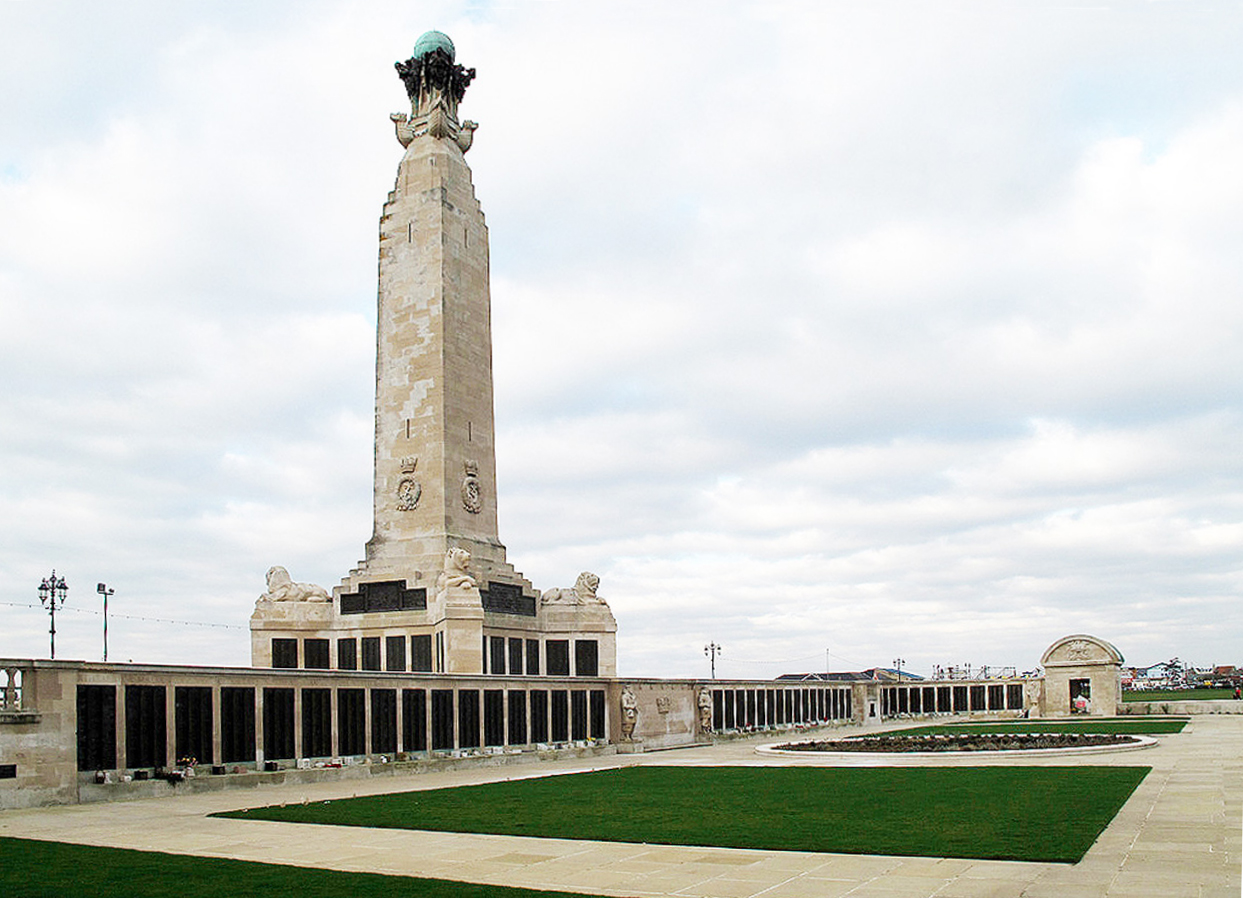William Hargreaves
Date of birth: 1882
Date of death: 17.3.1917
Area: Brotherton
Regiment: Royal Navy
Family information: Son of William and Emma Hargreaves of Austerberry Yard, Brotherton
Rank: Stoker 1st Class
Service number: K30148
War Service
Sometime after war broke out in late 1914 William (2nd) decided to enlist in the Royal Navy where he became a Stoker 1st Class (still working with coal). He was assigned to the destroyer H.M.S. Paragon. H.M.S. Paragon was an Acasta-class (in September 1913 re-designated the K class) Torpedo Boat. Destroyer - the term began to appear in the shortened form "Destroyer" when referring to Destroyer Flotillas - that served in the Royal Navy during the First World War. She was launched in 1913, and joined the Fourth Flotilla upon completion, serving with the Grand Fleet from August 1914.
Until mid-1916, the Acastas were serving in the Grand Fleet as the 4th Destroyer flotilla. The Battle of Jutland was a naval battle between the Royal Navy's Grand Fleet and the Imperial German Navy's High Seas Fleet during the First World War. It was fought on 31 May and 1 June 1916 in the North Sea near Jutland, Denmark. The battle was the largest naval battle and the only full-scale one in the war. Jutland was the last, and largest, of the great battleship battles. Neither submarines or aircraft played any part in the battle, despite the plans of both sides. Never again did battle fleets meet again in such numbers. While the Royal Navy suffered more losses, the battle effectively ended any threat from the German High Seas Fleet, which now knew it could not contest control of the North Sea with the Royal Navy. Four Acasta’s were lost in the engagement.
Paragon moved to the Humber in the summer of 1916, then to Portsmouth, then to Devonport by 1917. On 17th March 1917 she was fighting alongside HMS Llewellyn in an action in the Dover Straits and was torpedoed by German destroyers that were attacking the Dover Barrage. She was hit by a torpedo and gunfire and broke in half within eight minutes and sank. Some of her own depth charges exploded killing some of the survivors. William Hargreaves was killed (lost at sea) in this action on 17th March 1917.
Family Life
The family of William Hargreaves can be traced back to the end of the 18th century and various connections can be made with Brotherton. Some problems were caused by the fact that the spelling of the name varied from source to source e.g. Hartgraves, Hardgraves, Hargreves, Hargraves and Hargreaves. In this account the spelling on the war memorial and the one used by the CWGC has been used.
William’s father was also called William and possibly to avoid confusion it seems that William (2) was sometimes called Willie. William (1) was born in Hillam as was his father and grandfather and his wife Emma came from Carlton. In 1881 they were, however, living in High Street, Brotherton with two children - Mary A, (aged 6) and Margaret E (1). William was a’ coal miner’ and Emma was employed as a ‘General Servant’. There had been an older child - Hannah- but it appears she died in infancy.
I cannot locate the family in 1891.
By 1901 the family had extended somewhat. Mary and Margaret had left the home but there was still George (19), Sam (18) Annie (15), John (12), Willie (2) aged 9, Bertha (7) and Lily (5). They lived in Austerberry Yard off the High Street and William Snr. was still working underground as a ‘way cleaner’ whilst Sam was a ‘slack washer’.
Ten years on, in 1911, the family were still in Austerberry Yard (and would have been close neighbours of my maternal grandparents George William and Mary Ellen Austwick). Three of the men were working underground - William and Sam as ‘Hewers,’ and Willie as a ‘Pit-Pony Driver’. John Thomas was a “Glassblower”.
 Portsmouth Naval Memorial
Portsmouth Naval Memorial

